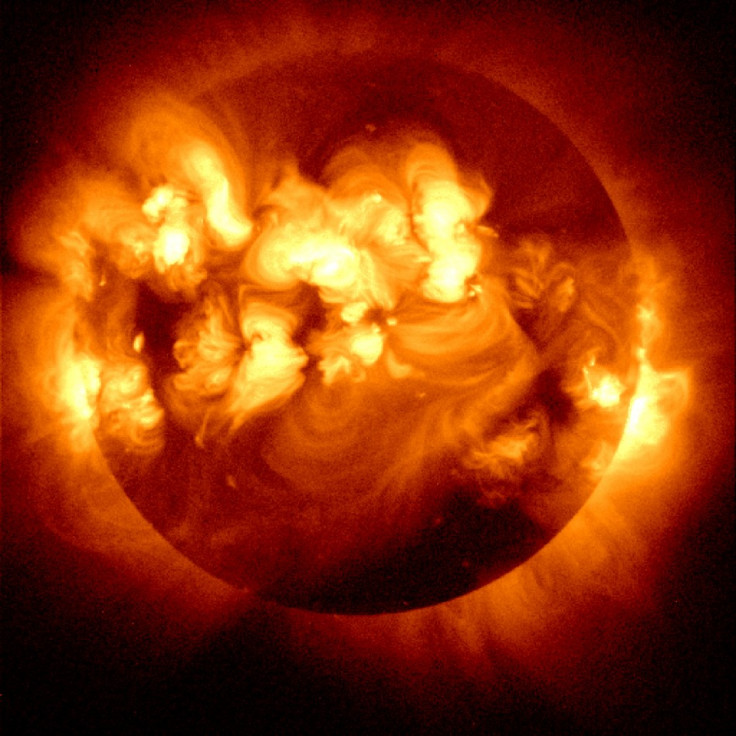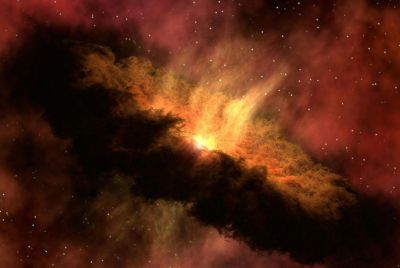Solar Storms to hit Earth and Cause Network Disruptions

After observing three large explosions from the Sun over the week-end, scientists have warned users of satellite, telecommunications and electric equipment to prepare for possible disruptions over the next few days.
"The magnetic storm that is soon to develop probably will be in the moderate to strong level," said Joseph Kunches, a space weather scientist at the Space Weather Prediction Center, a division of the U.S. National Oceanic and Atmospheric Administration (NOAA).
He said that as more solar storms are predicted this week, communications and global positioning system (GPS) satellites could be affected.
Scientists have also revealed that the storms could create auroras that would be visible in Minnesota and Wisconsin.
An aurora, called aurora borealis or the northern lights in northern latitudes, is a natural light display in the sky in the Arctic and Antarctic regions caused by the collision of energetic charged particles with atoms in the high altitude atmosphere.
Major disruptions from solar activity are rare but in 1989, a solar storm took down the power grid in Quebec, Canada, leaving about six million people without power for several hours.
Meanwhile, the largest solar storm ever recorded was in 1859 but at that time, communications systems were limited to telegraphs.
The giant solar storm hit telegraph offices around the world and caused a massive aurora visible as far south as the Caribbean Islands.
The National Research Council has estimated that if today a similar magnitude storm was to take place, the consequences would be far more important as it could cause up to 2 trillion US dollars in damage globally, according to a 2008 report.
The NOAA Space Weather Scale is equipped to measure the intensity of the explosion from one as the lowest intensity to five standing for the highest, similar to the measurements applying for hurricanes, tornadoes and earthquakes to identify their severity.
The first of the three solar explosions have already passed the Earth last Thursday with light impact, but the second was passing the Earth now and seems to be stronger, Kunches said.
The third one could happen worse and aggravate the disturbance in the Earth's magnetic field caused by the second (storm) or do nothing at all, he added.
"We'll have to see what happens over the next few days. It could exacerbate the disturbance in the Earth's magnetic field caused by the second (storm) or do nothing at all,' said Kunches before adding 'I don't think this week's solar storms will be anywhere near that. This will be a two or three out of five on the NOAA Space Weather Scale."
Warning that solar events reach their peak about every 12 years next peak, the director of Space Weather Prediction Centre Tom Bogdan said that a solar maximum was expected but in 2013.
"We're coming up to the next solar maximum, so we expect to see more of these storms coming from the sun over the next three to five years," he added.
© Copyright IBTimes 2025. All rights reserved.



















